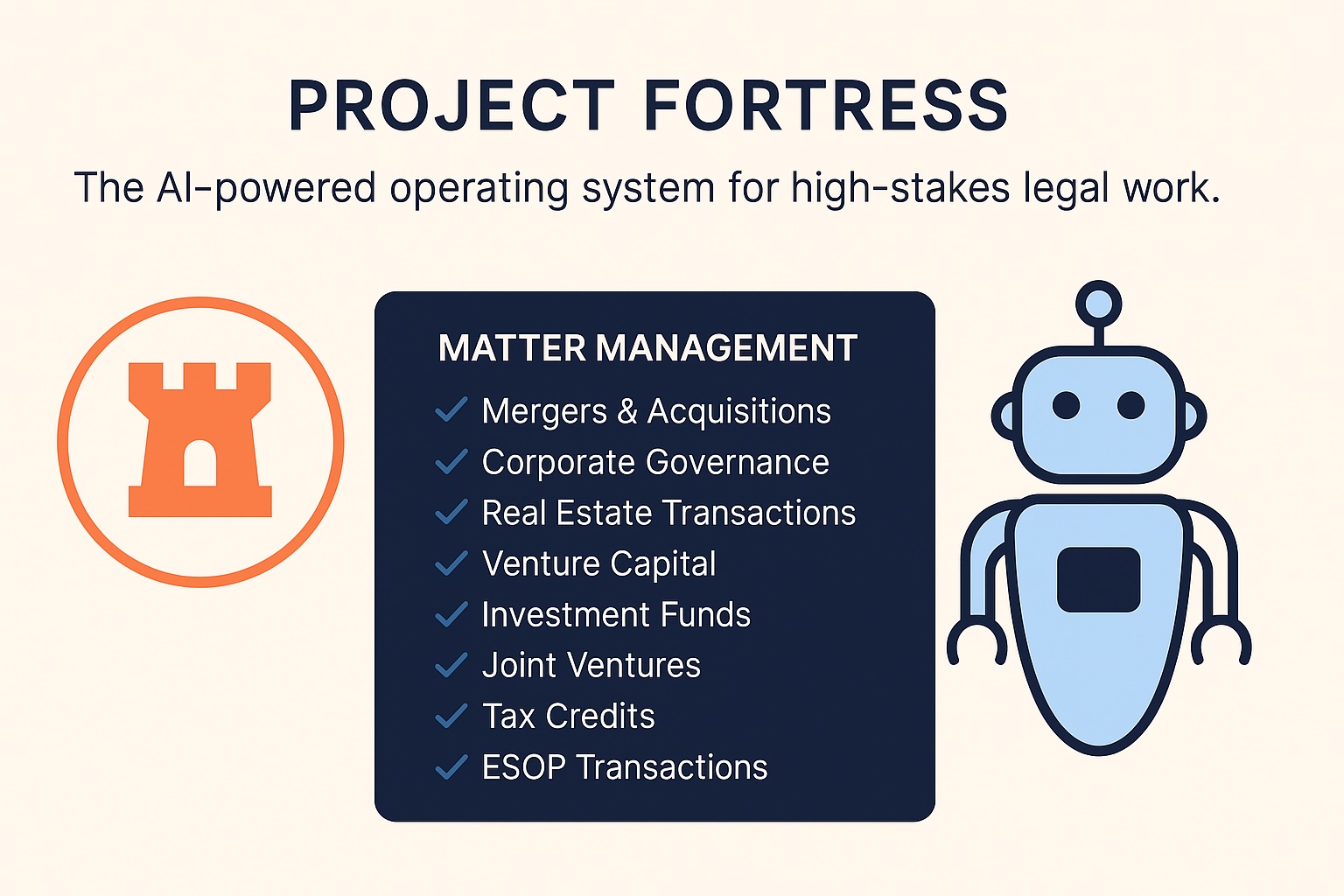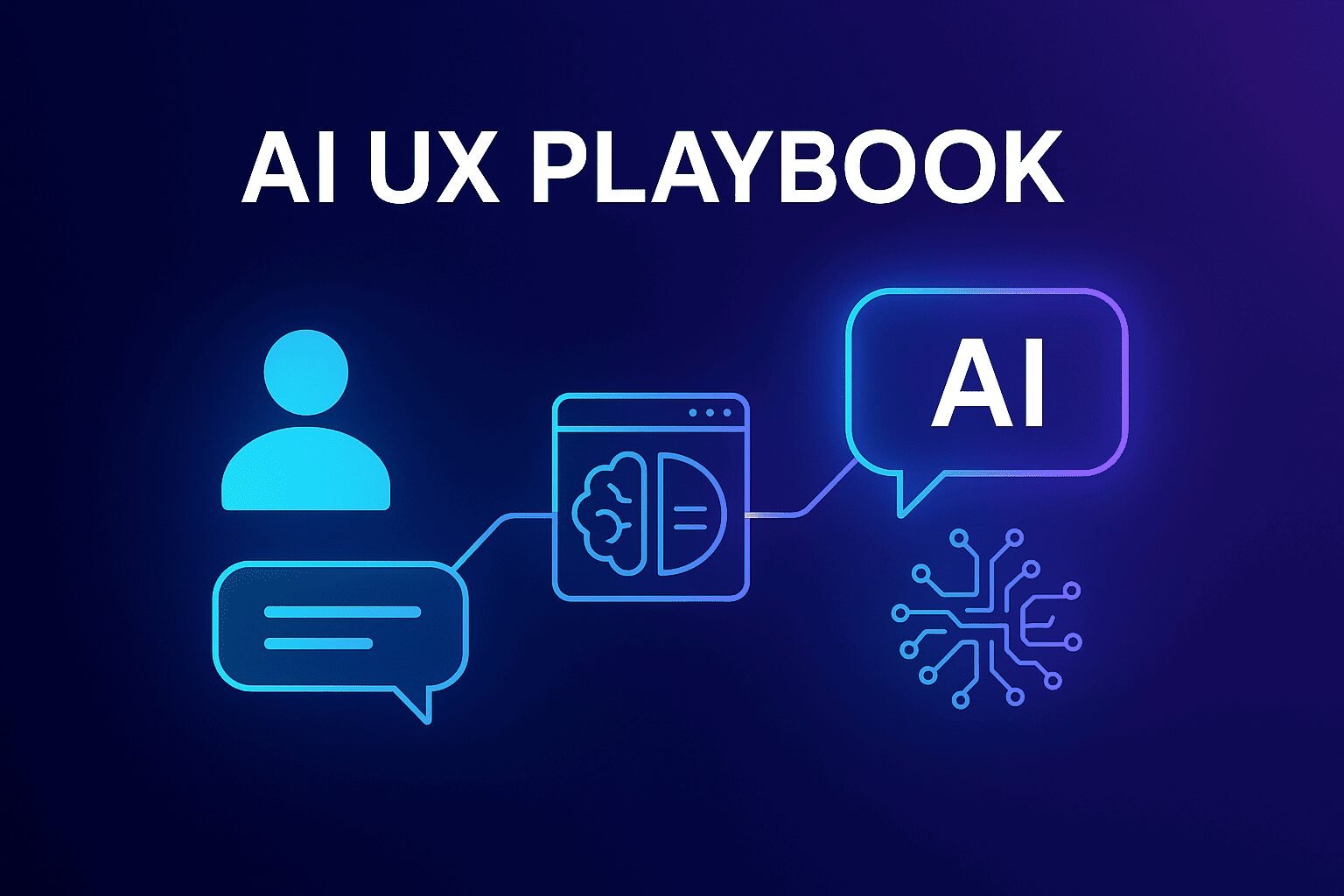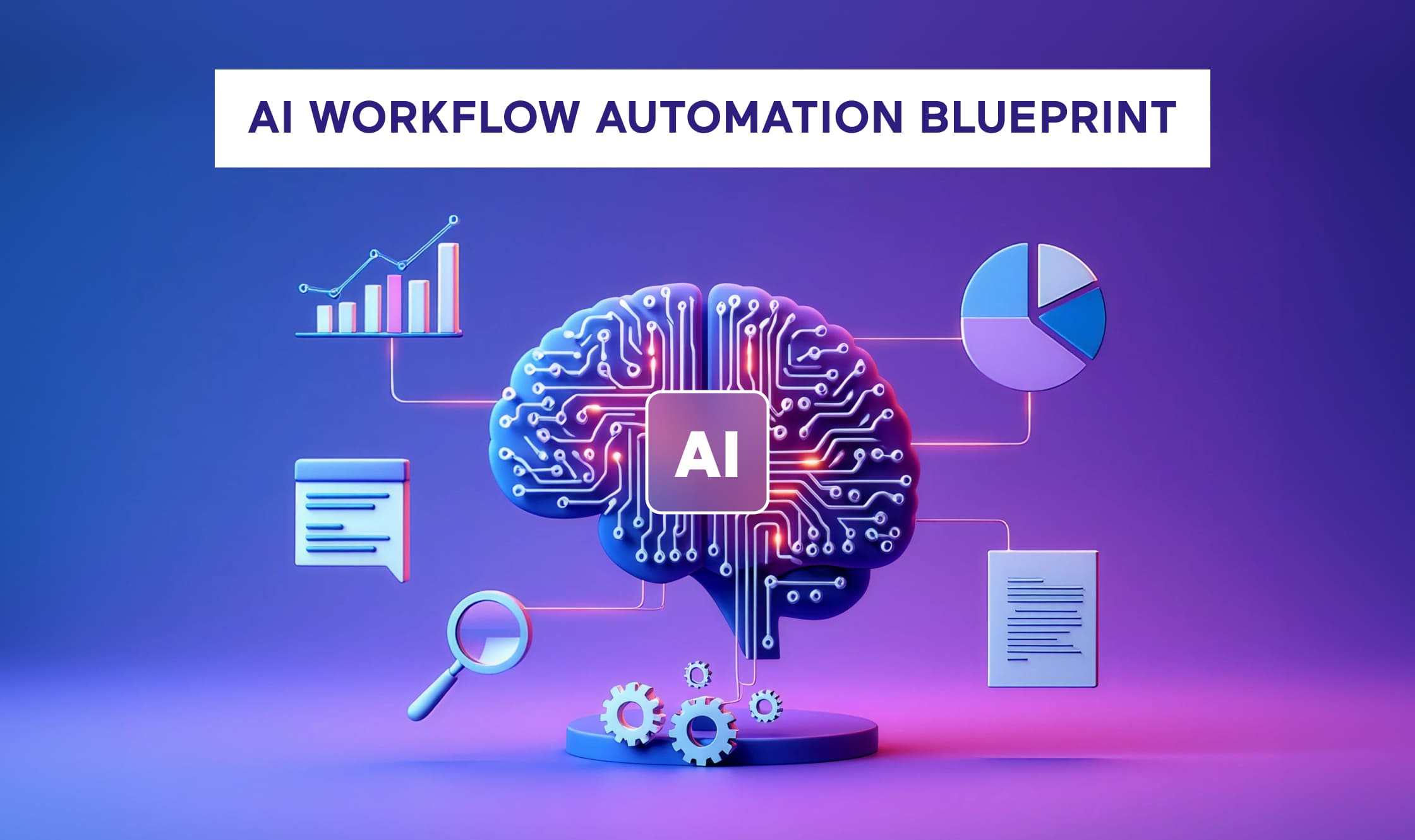
What Project Fortress Actually Does
Fortress serves as an AI-powered operating system for legal work, focusing on areas such as:
- M&A
- Corporate governance
- Fund formation
- Tax credits
- ESOP transactions
- Lease reviews
- Disclosure schedules and diligence workflows
By deploying custom AI agents, Fortress automates many of these tasks that rely heavily on manual work:
- Extracting and comparing key terms across contracts
- Building and updating issue lists and disclosure schedules
- Creating, tracking, and assigning diligence tasks
- Drafting structured memos and client summaries
- Parsing message chains into prioritized follow-ups
- Tracking versions and updates across documents
Think of it as hiring a full-time, AI-powered paralegal or diligence analyst.
Here’s a Real Example: Managing a Complex Deal Without Dragging the Team Down
In a recent Fortress project for a $200M strategic acquisition, a law firm used AI agents to:
- Auto-generate diligence charts from 500+ vendor contracts
- Extract red flags from leases and route them to the appropriate reviewer
- Summarize management calls into searchable reports
- Maintain real-time dashboards of tasks and blockers
The outcome? Reduced fire drills, no missed flags, and junior team members ramping up 10x faster with AI guidance. All in all the time produced a much better outcome in a fraction of the time.
From Legal Ops to an AI Blueprint for Knowledge Work
Fortress’s capabilities extend beyond law. Using an intelligent automation platform, businesses can now address situations like:
- R&D partner tracking for pharma and biotech
- Procurement diligence for manufacturing contracts
- Investor profile analysis in private equity
- M&A term comparison for corporate strategy teams
Why Fortress Works When Other AI Projects Don’t Deliver Results
Fortress stands out by treating each problem as a separate workflow thats success is measured by the outcome:
- Agents are embedded into the system univerally and linked to business logic
- Workflows are reusable, version-controlled, customizable, and tested
- Documents, data, and tasks are centralized in one knowledge base that can be used for many types of tasks
- Feedback loops continuously train agents much like a junior paralegal is trained on the same task by associates or partners
- Every action and output can be observed, logged, and audited
What’s Next for Legal Teams (and Beyond)
Future expansions of Fortress include:
- Multi-deal comparisons across M&A transactions
- Auto-suggested staffing based on matter history
- Enhanced data privacy controls and audit trails
Conclusion
Project Fortress revolutionizes legal workflows by leveraging our AI Consulting Services, and Wippy.ai so that law firms can now manage mundane and time consuming work with digital employees. It embodies the essence of AI implementation for legal teams and AI-powered business automation.
Need help integrating AI into your legal workflows?



